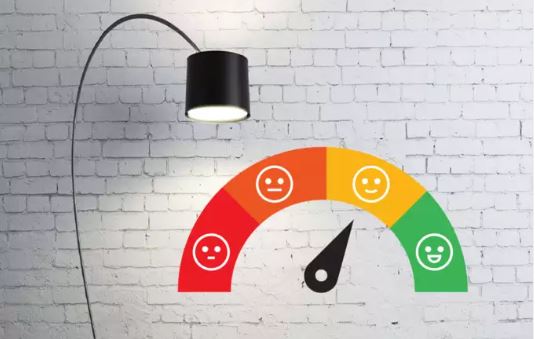Lifestyle
Did you know that lighting can affect our sleeping patterns, moods and behaviour? Here’s how!

Today, we spend most of our time indoors in a combination of natural and artificial lighting.
Impact of lighting
With the growing awareness regarding the positive impacts of natural light on human psychological and biological processes, the trends are now shifting towards artificial lighting that imitates the colour temperature and the look and feel of natural light.
Modulation
With several options to modulate the light intensity and colour, lighting designs are now aiming to achieve a natural look in any space. To understand this in detail and the science behind it, we spoke to Aryaman Jain, CEO, Innovative Lighting Designs Limited who told us eye-opening facts that will help you to opt for perfect lighting every time.
Light affecting our sleep patterns and moods
Lighting impacts the serotonin and melatonin levels in our body that govern our sleep patterns, moods and behaviour, productivity, cognition and overall well-being. In prolonged dimly-lit spaces, one may feel sad or depressed and not know what’s causing it. As a result, we must have efficient lighting to influence our biological processes positively.
Impact on productivity
For example, in a residential setting, a good lighting scheme can help create a relaxing environment after a long day of work. On the other hand, in a commercial setting, it can increase productivity and lift the overall mood of the space by using the appropriate colour temperature, brightness, and interesting focal points.
Lighting impacts our appetite also!
Light also directly impacts our circadian rhythms. Research shows a clear relationship between good lighting and elevated moods, energy levels, concentration, appetite and many other aspects of life. While on the other hand, improper lighting can cause gloominess and an overall reduced cognitive performance by our body.
How do we design lighting to promote healthy circadian rhythms and better health and well-being?
A simple solution could be maintaining an ideal colour temperature by imitating natural light cycles round the clock. Understanding colour temperature is simple; the higher the temperature, the brighter and cooler the light, and vice versa.
Day vs night
To maintain an ideal circadian rhythm, cooler and brighter lights are recommended during the daytime. In contrast, warmer and dimmer ones are well suited for the evenings and nights, the opposite of which might disturb the sleep cycle and reduce our attention span throughout the day.
Cooler lights
Cooler light temperatures act as stimulators and are crucial for focused activities like reading, working, or cooking. They tend to increase our productivity and help us be more alert and attentive while making it difficult for us to fall asleep at night.
Warmer lights
The warmer or yellow tones on the colour temperature scale are closer to sunrise and sunset when our bodies tend to be more at ease. The use of warmer tones of lights in any space tends to bring in calmness and peace, making the environment comfortable.






